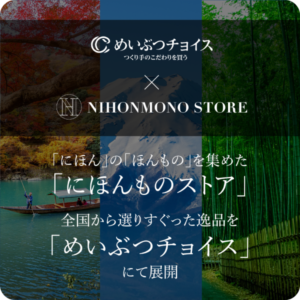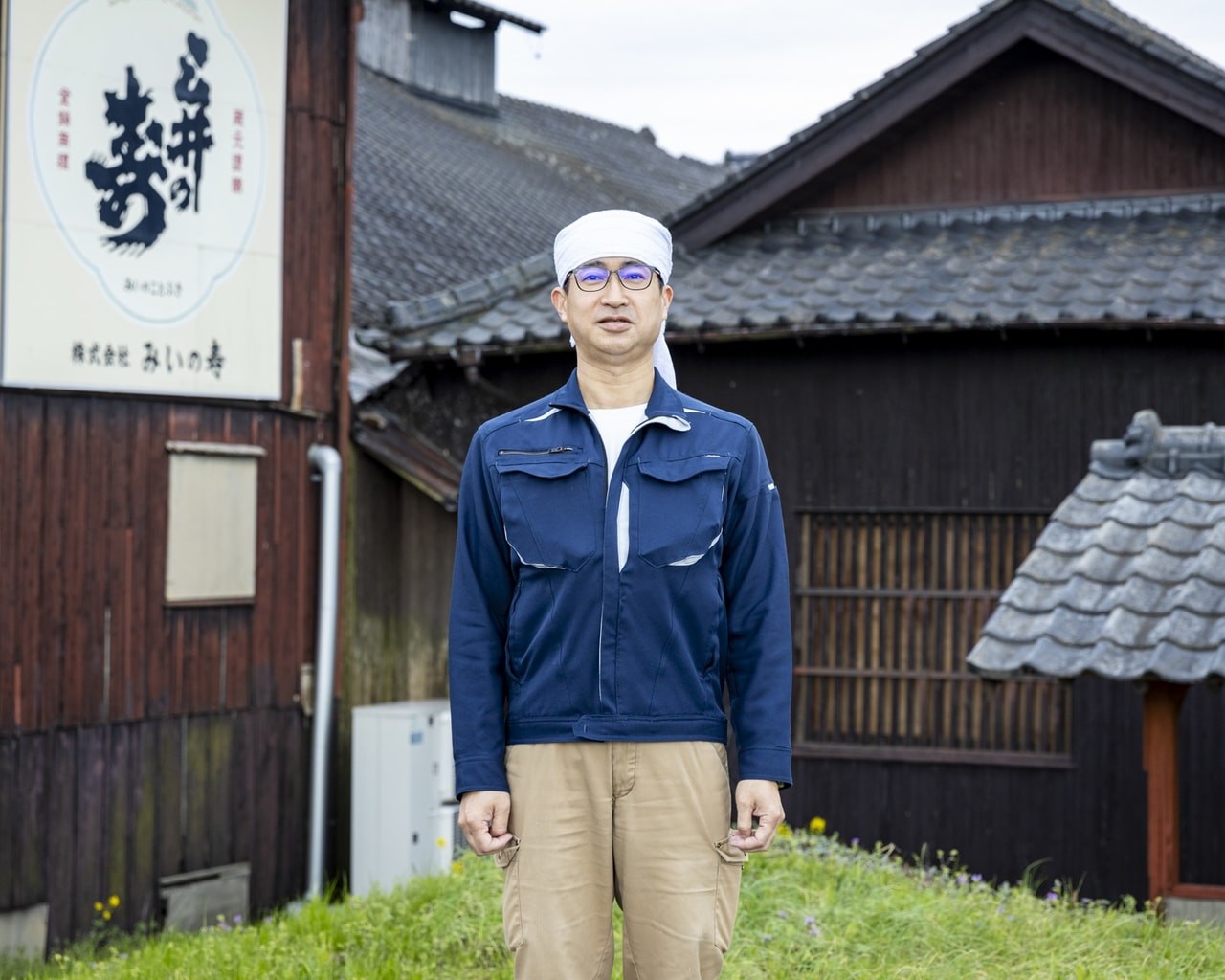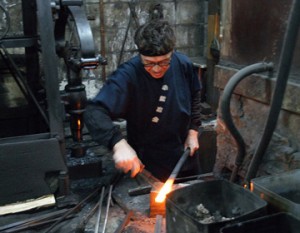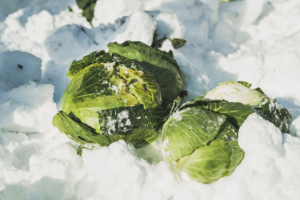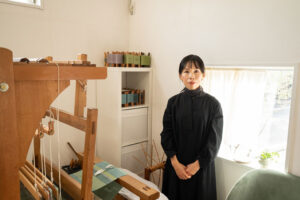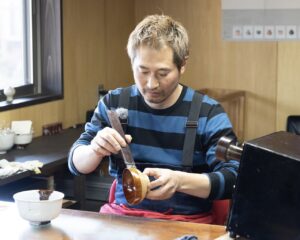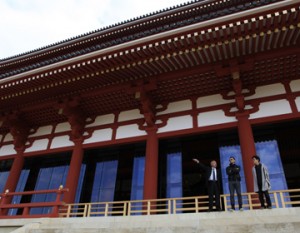Located in Mitsui County in southern Fukuoka Prefecture, Miino Kotobuki is a sake brewery founded in 1922 that has earned a reputation for making sake by focusing on local rice and water. In recent years, the manga “Slam Dunk” was made into a movie, and the story of the brewery’s name was picked up by the original author, Takehiko Inoue, who loved the company’s sake, and used the name of the brewery for a character in the movie.
Weaving a 100-year history in the Chikugo Plain, famous for its double cropping
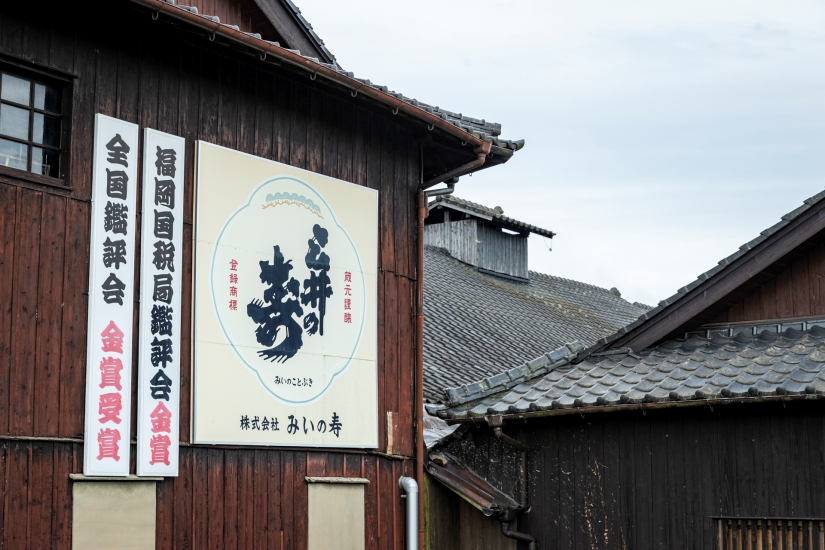
The Chikugo Plain is the largest plain in Fukuoka, and the Chikugo River, one of the largest rivers in Kyushu, flows through Mitsui County. 20 km away, as far as the eye can see, is the urban area of Kurume, with its bountiful countryside. Mii no Kotobuki, a sake brewery with a history of more than 100 years, began as a rice wholesaler.
Using soft well water as brewing water
The name “Mitsui County” comes from the three wells that have moistened this plain, and water from these wells is used in the company’s sake brewing. There are four wells on the brewery grounds. The father of the brewery’s predecessor noticed that the taste and fermentation power of the water differed depending on the depth and location of the wells, so he used water from one of these wells with a particularly mild taste for brewing,” says Tadatsugu Inoue, the fourth generation brewer.
Yamadanishiki rice from Fukuoka Prefecture is used for sake rice
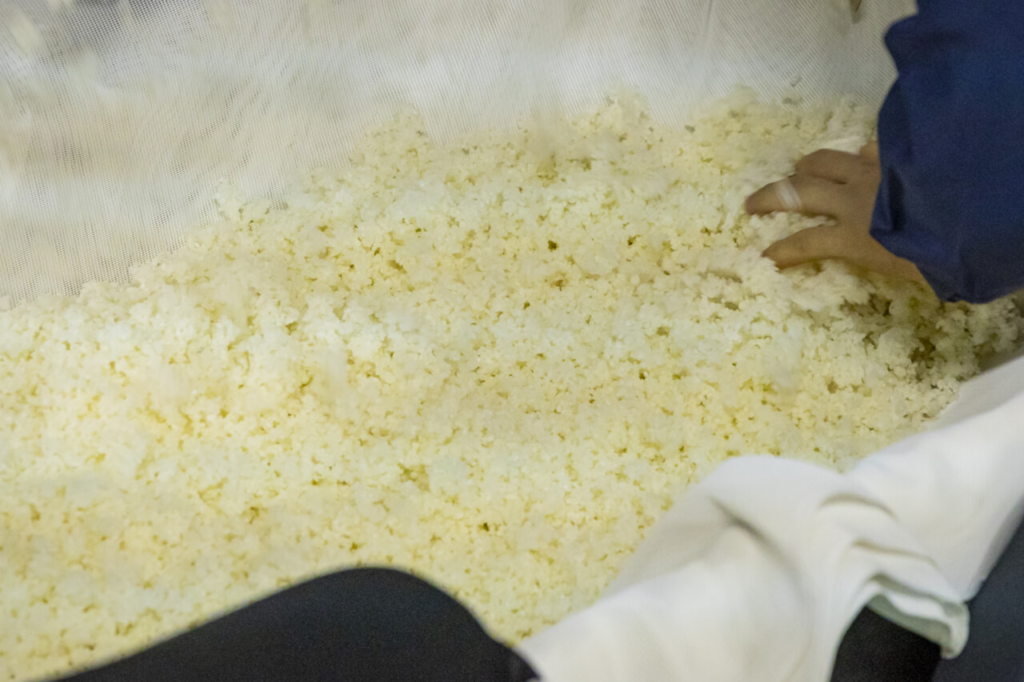
Fukuoka has the second longest history of producing Yamada-Nishiki, the “king of sake rice,” after Hyogo. The company mainly uses Yamada-Nishiki grown in Itoshima, but also uses Fukuoka’s own sake rice, Yume-Ichikin.
Yamada-Nishiki” is one word, but the taste of sake made with Yamada-Nishiki grown in Itoshima is different from that of sake made with Yamada-Nishiki grown in Hyogo Prefecture. I think the difference depends on the potential and nutritional value of the rice itself,” says Inoue. Even with the same variety of sake rice, the difference in the strength of the rice fields is reflected in the taste of the sake,” he says.
The company was one of the first in Fukuoka to switch to junmai (pure rice) sake after a visit to France by his predecessor
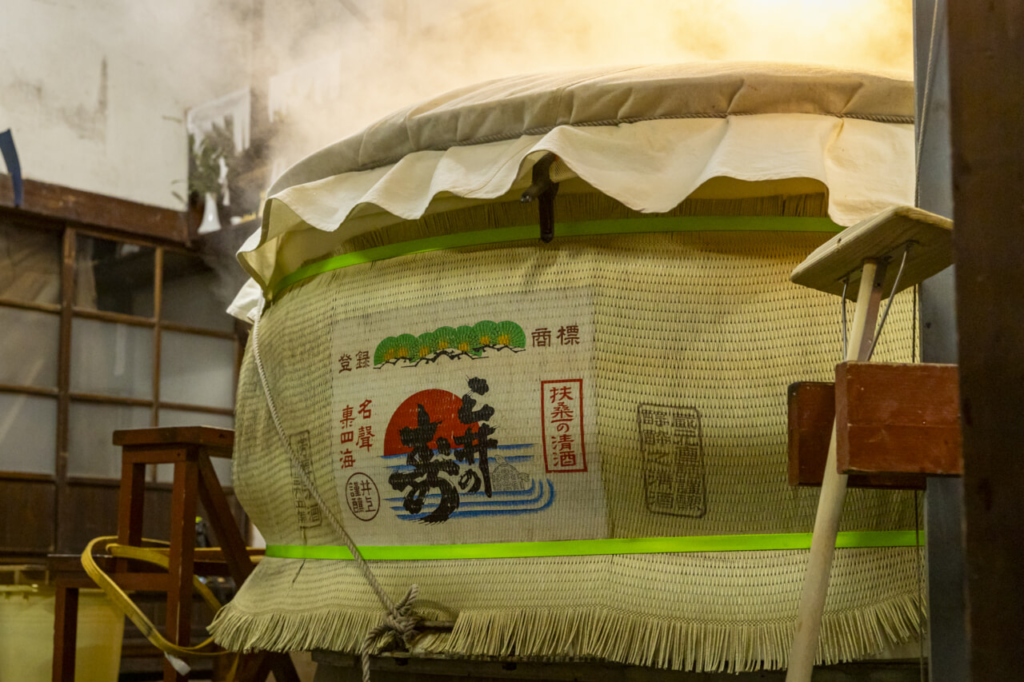
In 1982, when Fukuoka City and Bordeaux, France became sister cities, Shigeyasu visited the five major chateaux (breweries) of Bordeaux wine on an inspection tour. Impressed by the local wine production, he was inspired and thought, “Sake should be like this. At the time, sake was at the height of its popularity as a reasonably priced everyday sake, but the brewery was one of the first in Fukuoka to remove all the equipment used to mass-produce sake, such as tanks and automatic koji making equipment that allowed koji production without human intervention, and to shift its focus to junmai-shu, or pure rice sake. This was a big challenge for this brewery. I am grateful to my father because I was exposed to junmai sake brewing from a young age,” says Inoue.
First in Kyushu to Revive Yamahai Brewing
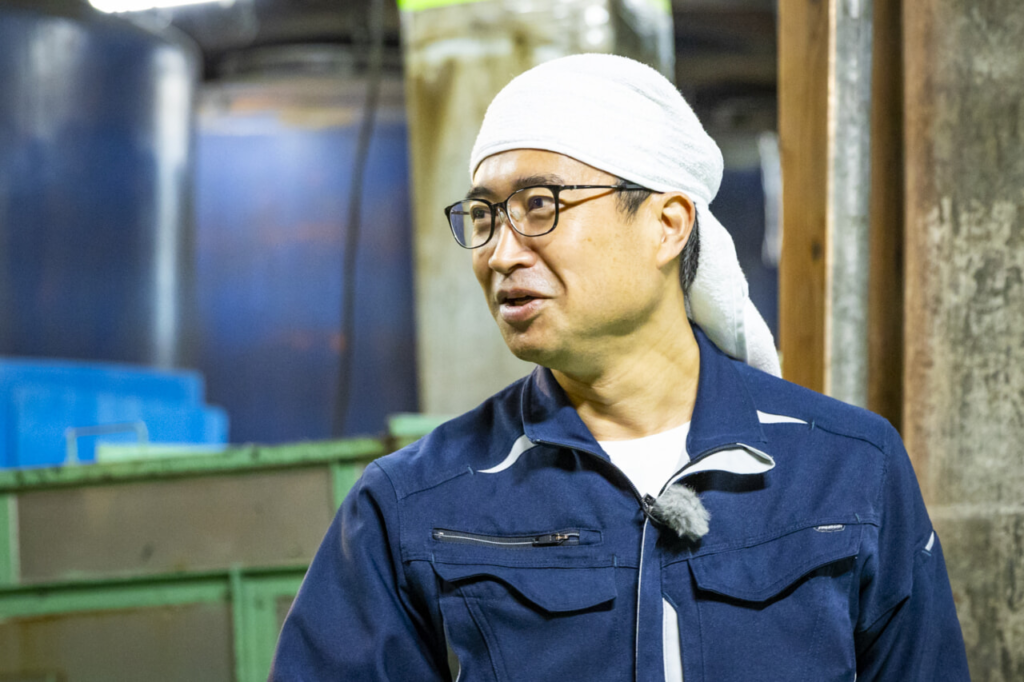
Mr. Inoue prefers to use traditional methods such as “Yamahai-brewing” and “Kimoto-brewing,” in which the yeast is nurtured by the lactic acid bacteria that are present in the brewery. Although time-consuming and labor-intensive, yamahai brewing is the brewery’s identity, and the company is the first in Kyushu to revive this process, which had been discontinued. The taste can be enjoyed in the “Biden” series of sake.
Sake that is easy to learn to drink, even for first-time sake drinkers
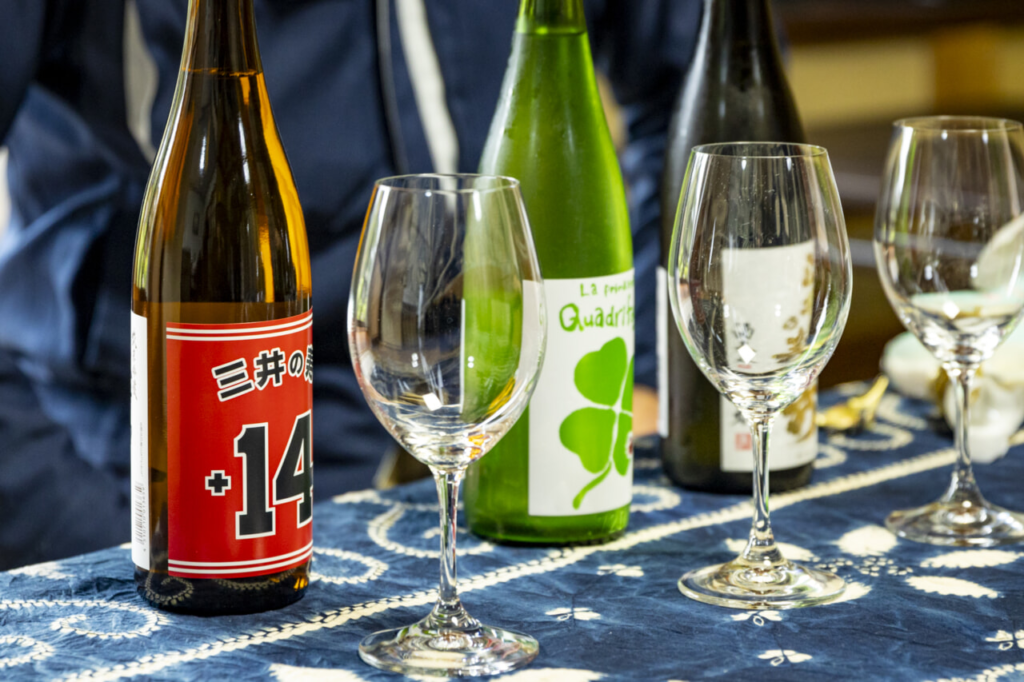
Inoue’s desire for people who have never tasted sake before is also expressed in the labeling, which began about 17 years ago with pop illustrations and Italian words. The “Italian label,” with its pop illustrations and Italian words, started about 17 years ago and is now synonymous with Mii no Kotobuki.
The reason why he chose Italy is simply because Mr. Inoue loves the country itself, including its food and culture. With this in mind, he has created a brand that expresses the four seasons of Japan in Italian.
The unfiltered, unpasteurized “Quadrifoglio” sake, which appears in spring, has a four-leaf clover. The hiyaoroshi “Porcini” (hiya-oroshi), which is aged in a fire and sold in the fall, has a lovely porcini mushroom on it. At first glance, the fashionable label looks unlike a Japanese sake, but the sake’s gorgeous aroma and fruity flavor have attracted many fans.
The label features the uniform of the popular manga “Slam Dunk.
The Junmai Ginjo “Mitsui no Kotobuki +14 Dai-Harakuchi” is also attracting attention due to the movie adaptation of “Slam Dunk. Since the brewery’s name is derived from the popular character’s name, the red uniform is designed on the label on the reverse side. This design has captured the hearts of manga fans, and orders have poured in from overseas. The product is still in short supply.
The unique and playful labels are also contributing to the popularity of the product.
Questioning the “norm” and exploring new possibilities
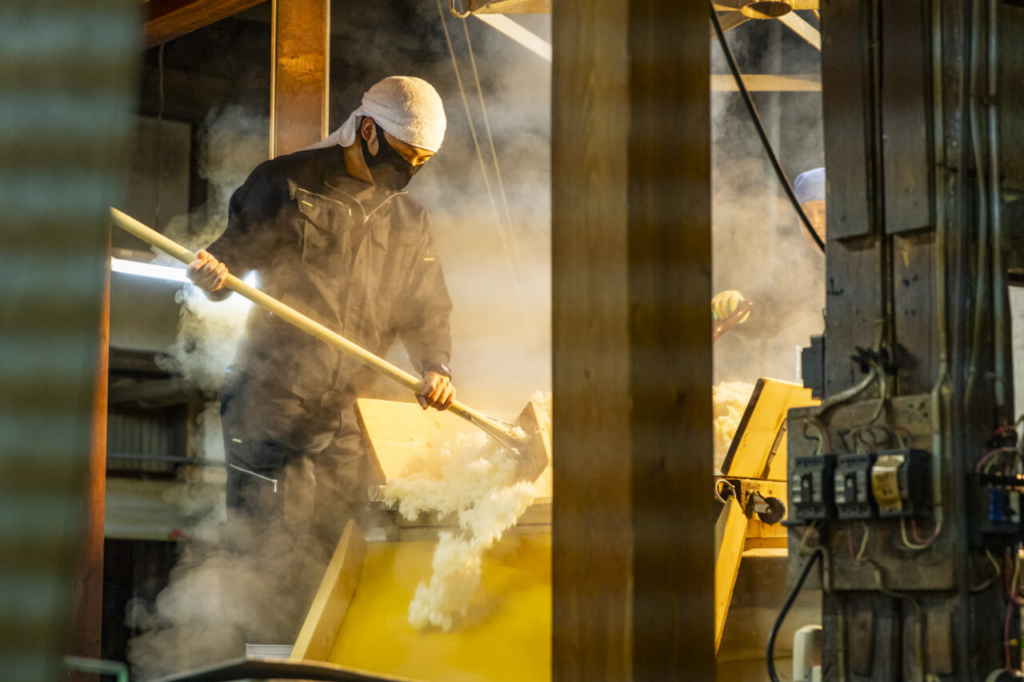
The key to making good sake is how much you question the obvious,” says Inoue.
For example, sake rice steamed in a Japanese kettle is usually dropped with a shovel into a cooler below, but then gravity causes the rice to fall out and the rice tends to become lumpy. However, at Miino Kotobuki, a large beam was in the way, making it impossible to move the mokko to the cooler. After much deliberation, the company decided to place a sliding lid on the kettle and use a dragonfly to drop the sake rice down, which is a task that can be done by women because it does not cause lumps and does not require much strength.
In addition, when they find a good sake, they often go to the brewery without worrying about distance or time. When I find a good sake brewery, I often visit it without worrying about distance or time,” he says. What they learn at the places they visit, they apply to their own sake brewing as well.
He also actively engages in new initiatives, such as the revival of “Kokuryo Miyako,” a fantastic rice that was grown locally before World War II. The company has been pursuing its own unique taste with fermentation techniques that incorporate natural and human science under the motto, “Sake brewing is science, sense, and passion! Perhaps as a result of these efforts, the company is the only brewery in Kyushu to win a surprising 90.5% of the awards in the National New Sake Competition in the 23 years that he has been the Kuramoto Toji (master brewer). The success of this sake brewery, which has gained more fans as a result of the anime, continues to grow.
